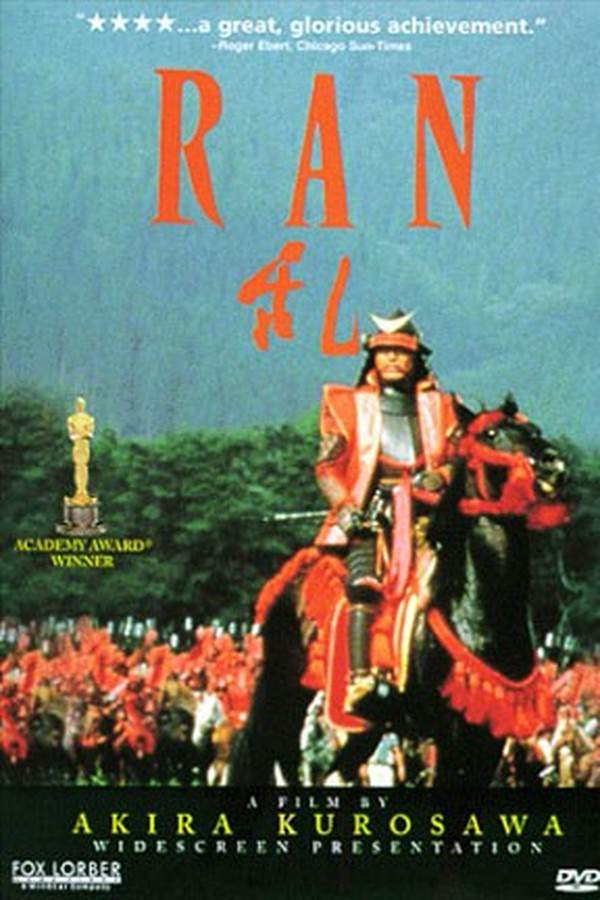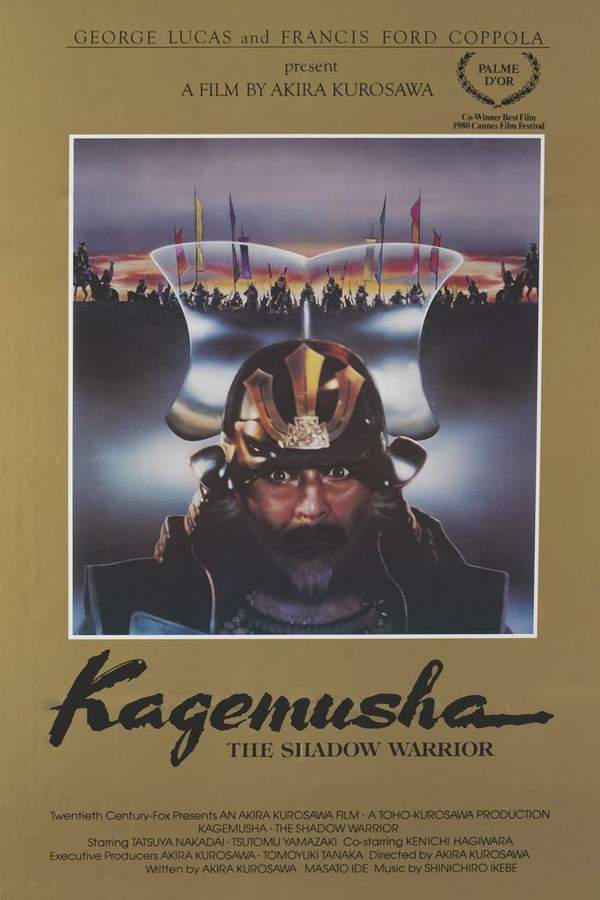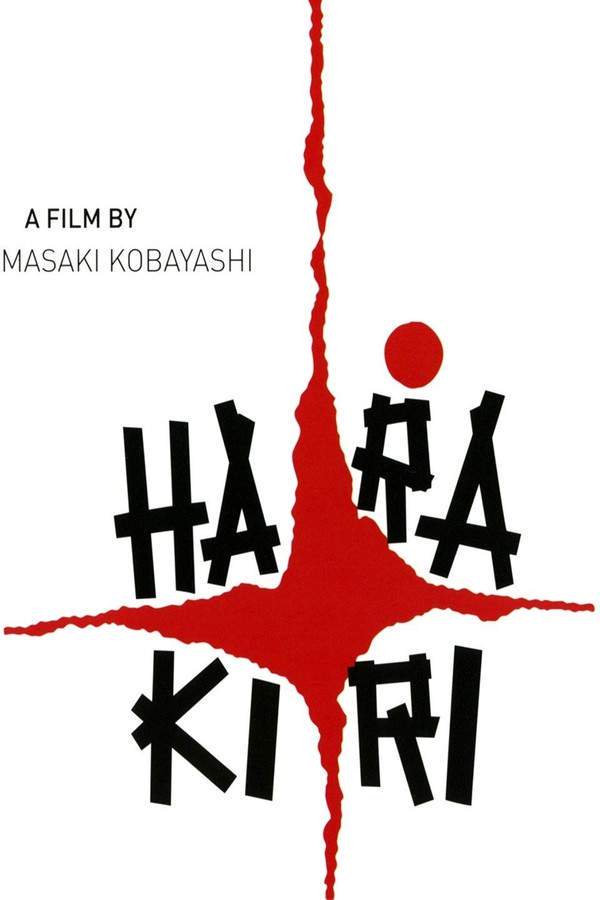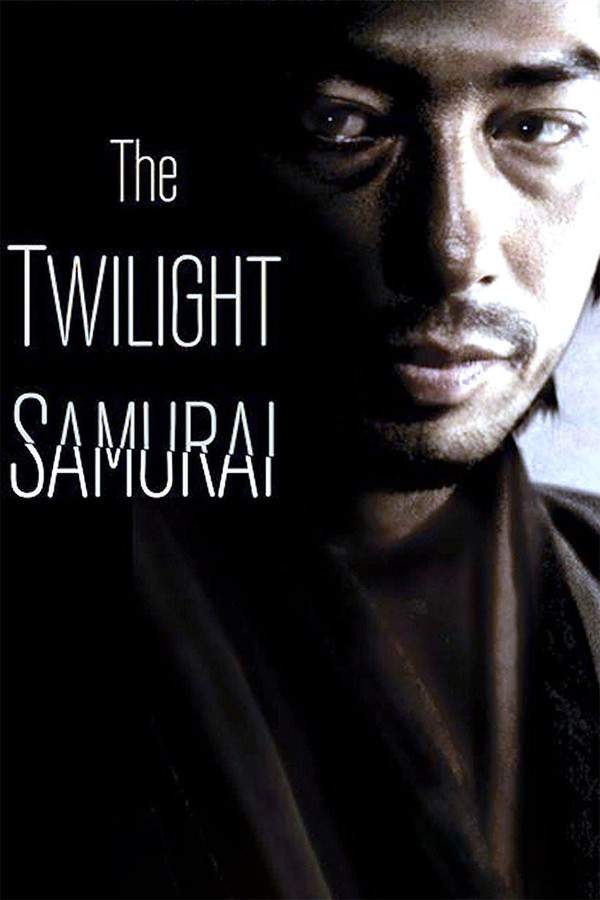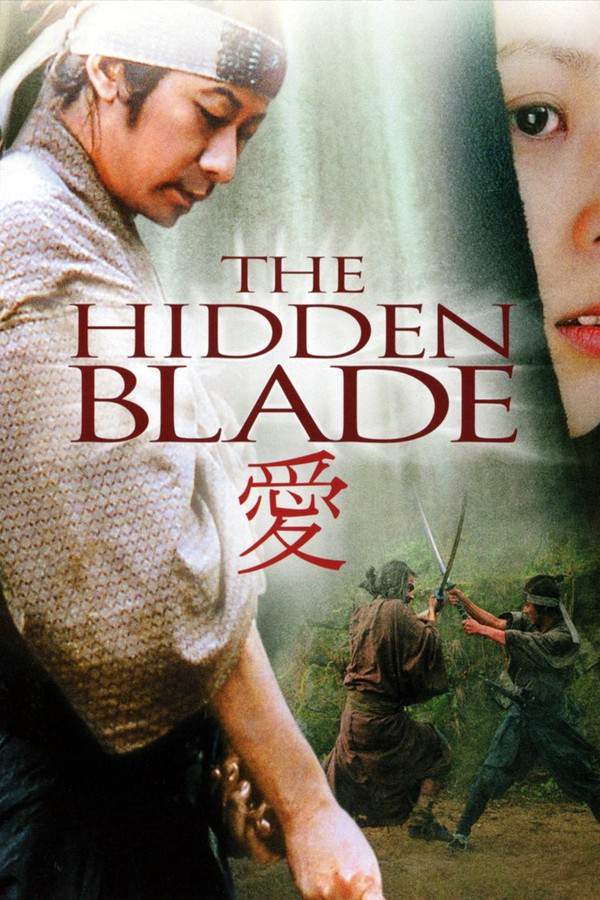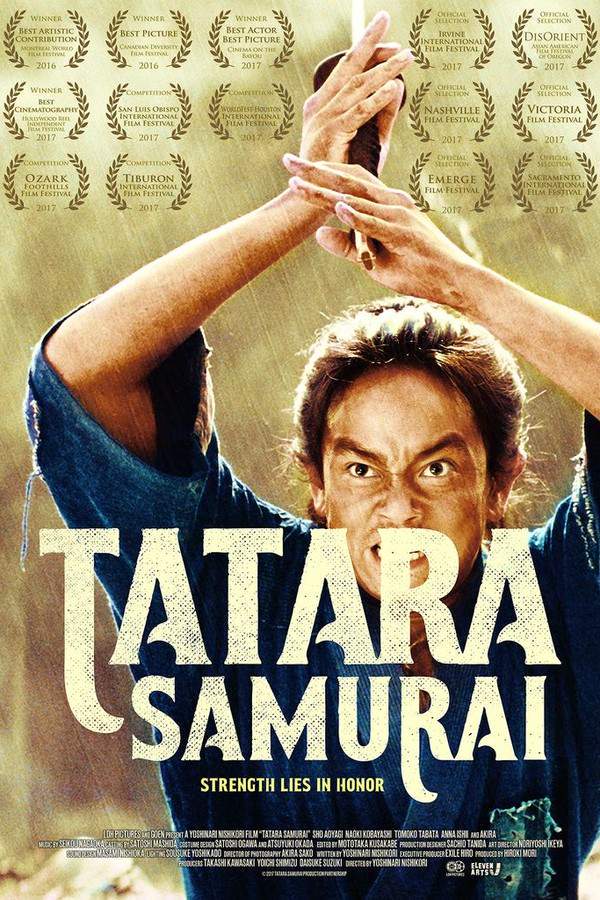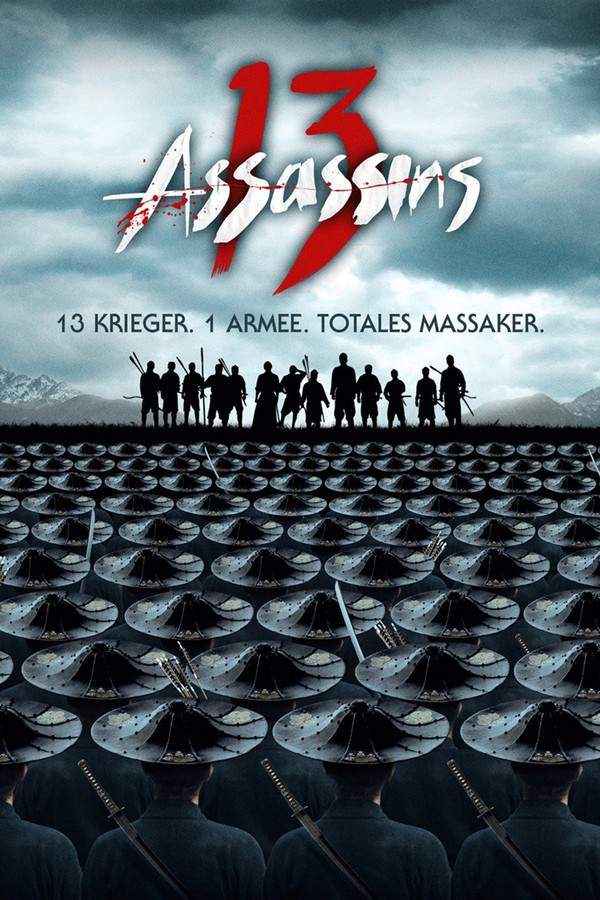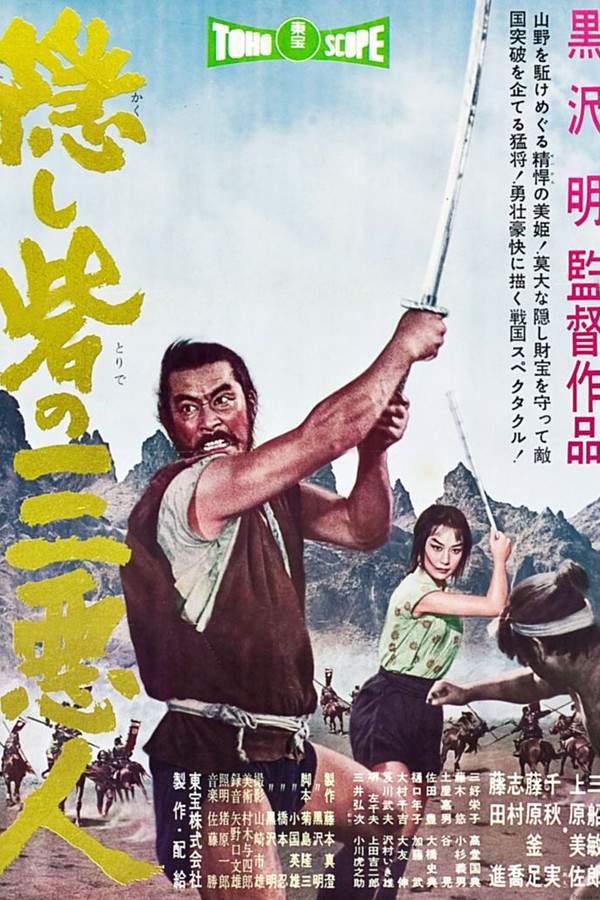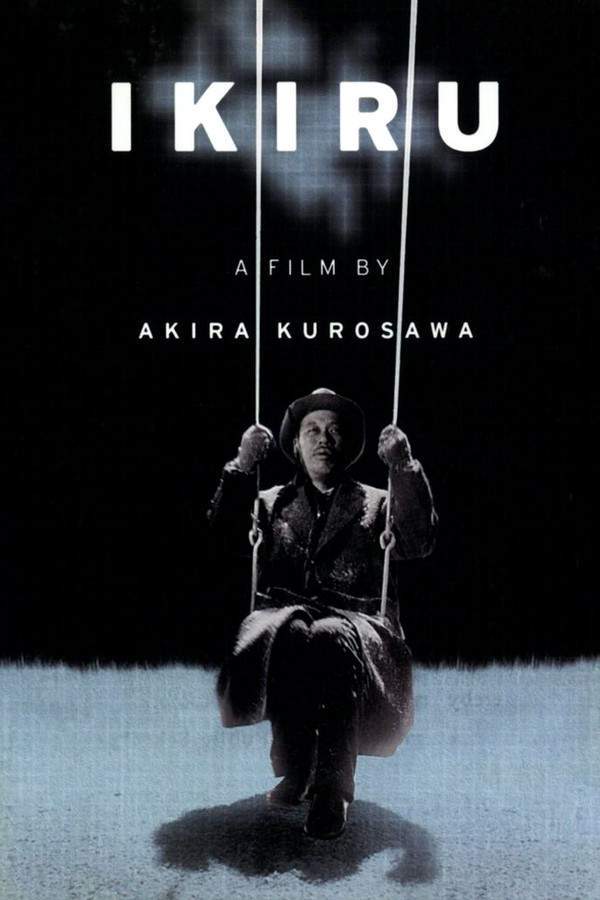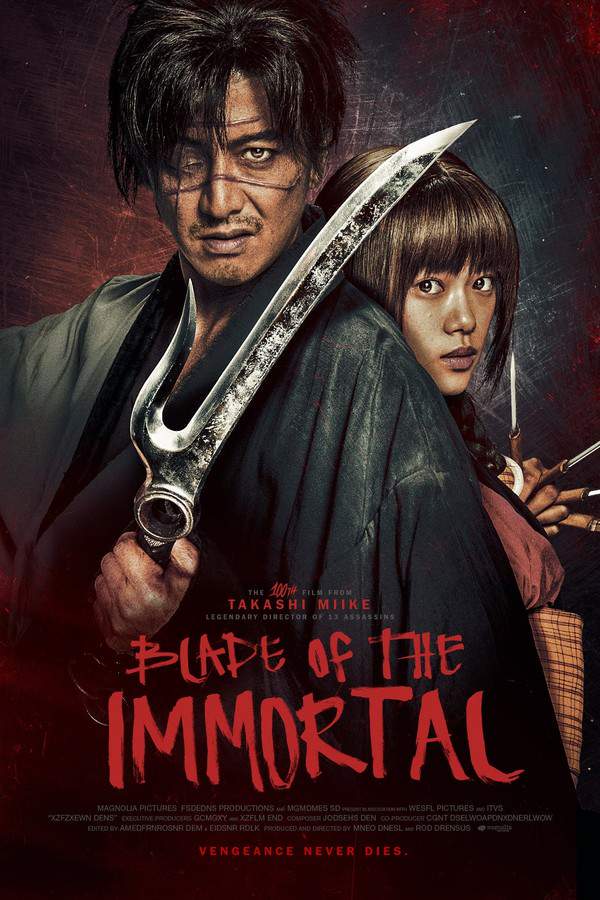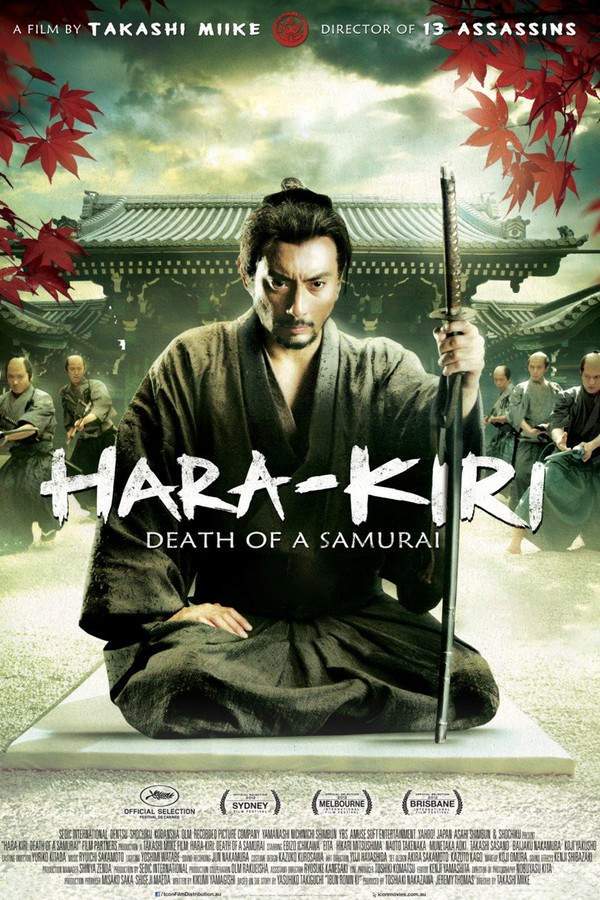
Hara-Kiri: Death of a Samurai
Year: 2012
Runtime: 126 min
Language: Japanese
Director: Takashi Miike
A desperate samurai requests permission to perform seppuku, a ritual suicide, within the grounds of a wealthy lord’s estate. The request prompts the lord to investigate the circumstances surrounding a similar request made months earlier by another samurai, uncovering a tragic story of hardship, debt, and a desperate attempt to find redemption and provide for loved ones. The lord must then grapple with questions of honor, duty, and the harsh realities faced by those living under the feudal system.
Warning: spoilers below!
Haven’t seen Hara-Kiri: Death of a Samurai yet? This summary contains major spoilers. Bookmark the page, watch the movie, and come back for the full breakdown. If you're ready, scroll on and relive the story!
Hara-Kiri: Death of a Samurai (2012) – Full Plot Summary & Ending Explained
Read the complete plot breakdown of Hara-Kiri: Death of a Samurai (2012), including all key story events, major twists, and the ending explained in detail. Discover what really happened—and what it all means.
In the year 1635, Hanshiro Tsugumo finds himself in a dire situation as his clan has fallen from grace. Seeking to regain his honor, he requests to perform seppuku in the courtyard of Lord Ii’s castle. However, senior retainer Kageyu Saitō has a different story to share—one of Squire Motome Chijiiwa, a fellow samurai from the same clan who attempted a similar ritual the previous year, in 1634. Suspecting Motome was merely bluffing to gain money, Lord Ii’s retainers hastily arranged the ceremony, with Hikokurō Omodaka serving as Motome’s second.
Motome desperately pleaded for an additional day to secure 3 ryō to care for his ailing wife and child, but his plea fell on deaf ears. In a tragic turn of events, he attempted to take his life with a bamboo sword, only to find it breaking within him. The insistence from Omodaka to finish the act brought no solace, and it was soon Saitō himself who, in a moment of mercy, ended Motome’s suffering by severing his head.
Despite Saitō’s offer to dismiss his request for seppuku, Hanshiro remains resolute. He requests Omodaka to be his second, but fate has other plans as Omodaka, alongside Matsuzaki and Kawabe, are nowhere to be found. Hanshiro mournfully recounts the story of Motome’s father, Jinnai Chijiiwa, who was banished for unauthorized work on the castle and subsequently died, leaving Motome in the care of Hanshiro. Years later, when Motome married Hanshiro’s daughter Miho and faced financial strain due to their sick infant son, he sold his sword to cover medical expenses. Ultimately, during a moment of despair, Motome’s attempt at suicide bluff led to a tragic downfall, resulting in the death of his son and the heart-wrenching suicide of Miho, who used the very same broken bamboo sword after receiving her husband’s body back along with the 3 ryō.
Fueled by rage and disgust over the cruel fate that befell Motome due to the inaction of Omodaka, Matsuzaki, and Kawabe, Hanshiro sought vengeance by hunting them down and humiliating them by cutting off their chonmage topknots, a disgrace that forced them into hiding. In a powerful act of defiance, Hanshiro returns the 3 ryō to Saitō and challenges the other samurai to a duel with a bamboo sword, showcasing his prowess and determination. He boldly declares that a warrior’s honor is not merely an ornament, knocking over a decorative suit of armor as a statement. In a final act of collective shame, Omodaka, Matsuzaki, and Kawabe choose to commit seppuku. As the tension in the courtyard dissipates, the remaining retainers gather to restore the suit of armor to its former glory. When Lord Ii reenters the castle, he inquires whether the suit has been polished, representing the enduring pride and honor of the castle.
Last Updated: November 15, 2024 at 19:51
Unlock the Full Story of Hara-Kiri: Death of a Samurai
Don't stop at just watching — explore Hara-Kiri: Death of a Samurai in full detail. From the complete plot summary and scene-by-scene timeline to character breakdowns, thematic analysis, and a deep dive into the ending — every page helps you truly understand what Hara-Kiri: Death of a Samurai is all about. Plus, discover what's next after the movie.
Hara-Kiri: Death of a Samurai Timeline
Track the full timeline of Hara-Kiri: Death of a Samurai with every major event arranged chronologically. Perfect for decoding non-linear storytelling, flashbacks, or parallel narratives with a clear scene-by-scene breakdown.

Characters, Settings & Themes in Hara-Kiri: Death of a Samurai
Discover the characters, locations, and core themes that shape Hara-Kiri: Death of a Samurai. Get insights into symbolic elements, setting significance, and deeper narrative meaning — ideal for thematic analysis and movie breakdowns.

Similar Movies to Hara-Kiri: Death of a Samurai
Discover movies like Hara-Kiri: Death of a Samurai that share similar genres, themes, and storytelling elements. Whether you’re drawn to the atmosphere, character arcs, or plot structure, these curated recommendations will help you explore more films you’ll love.
Explore More About Movie Hara-Kiri: Death of a Samurai
Hara-Kiri: Death of a Samurai (2012) Scene-by-Scene Movie Timeline
Hara-Kiri: Death of a Samurai (2012) Movie Characters, Themes & Settings
Hara-Kiri: Death of a Samurai (2012) Spoiler-Free Summary & Key Flow
Movies Like Hara-Kiri: Death of a Samurai – Similar Titles You’ll Enjoy
Ran (1985) Full Summary & Key Details
Kagemusha (1980) Movie Recap & Themes
Harakiri (1964) Full Summary & Key Details
The Twilight Samurai (2004) Full Movie Breakdown
47 Ronin (2013) Complete Plot Breakdown
The Hidden Blade (2006) Spoiler-Packed Plot Recap
Tatara Samurai (2017) Movie Recap & Themes
Hana (2007) Ending Explained & Film Insights
13 Assassins (2011) Plot Summary & Ending Explained
The Hidden Fortress (1960) Full Movie Breakdown
Ikiru (1956) Story Summary & Characters
Blade of the Immortal (2017) Detailed Story Recap
The Last Samurai (2003) Plot Summary & Ending Explained
Hara Kiri (2016) Spoiler-Packed Plot Recap



